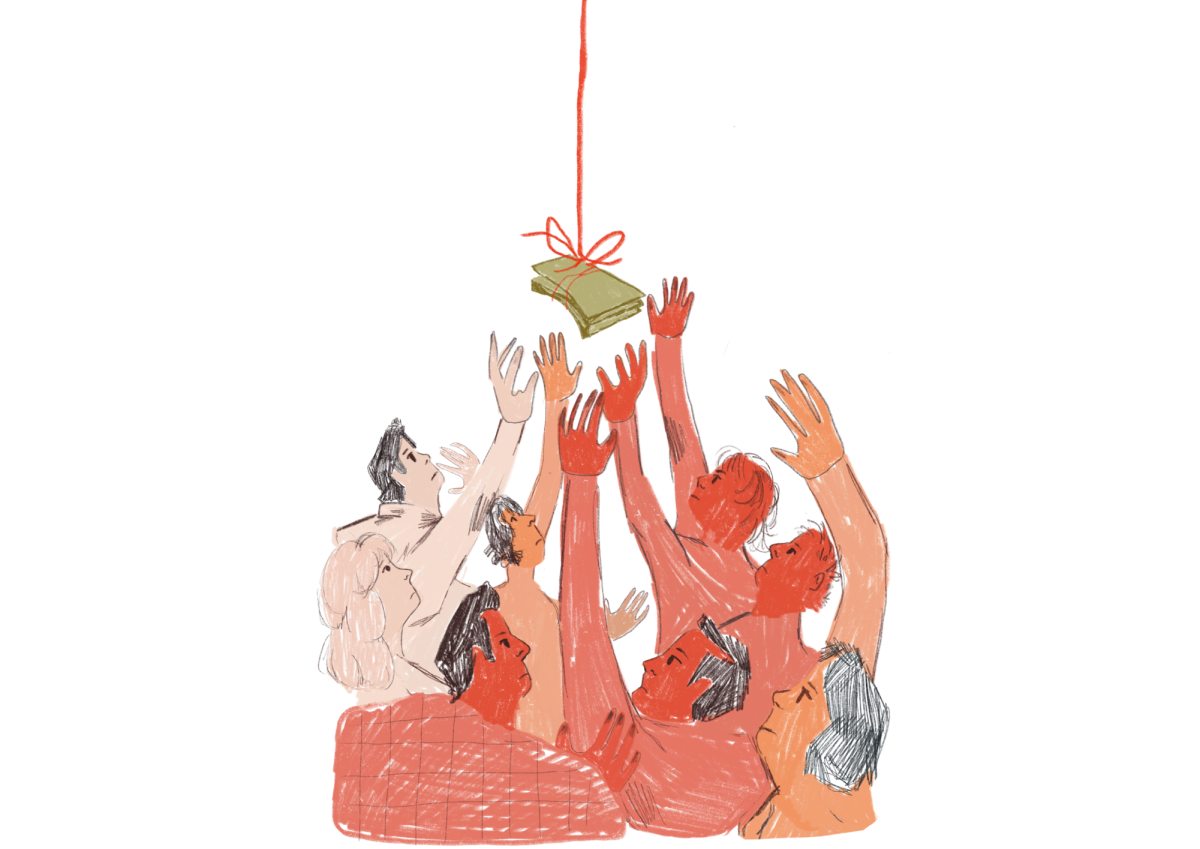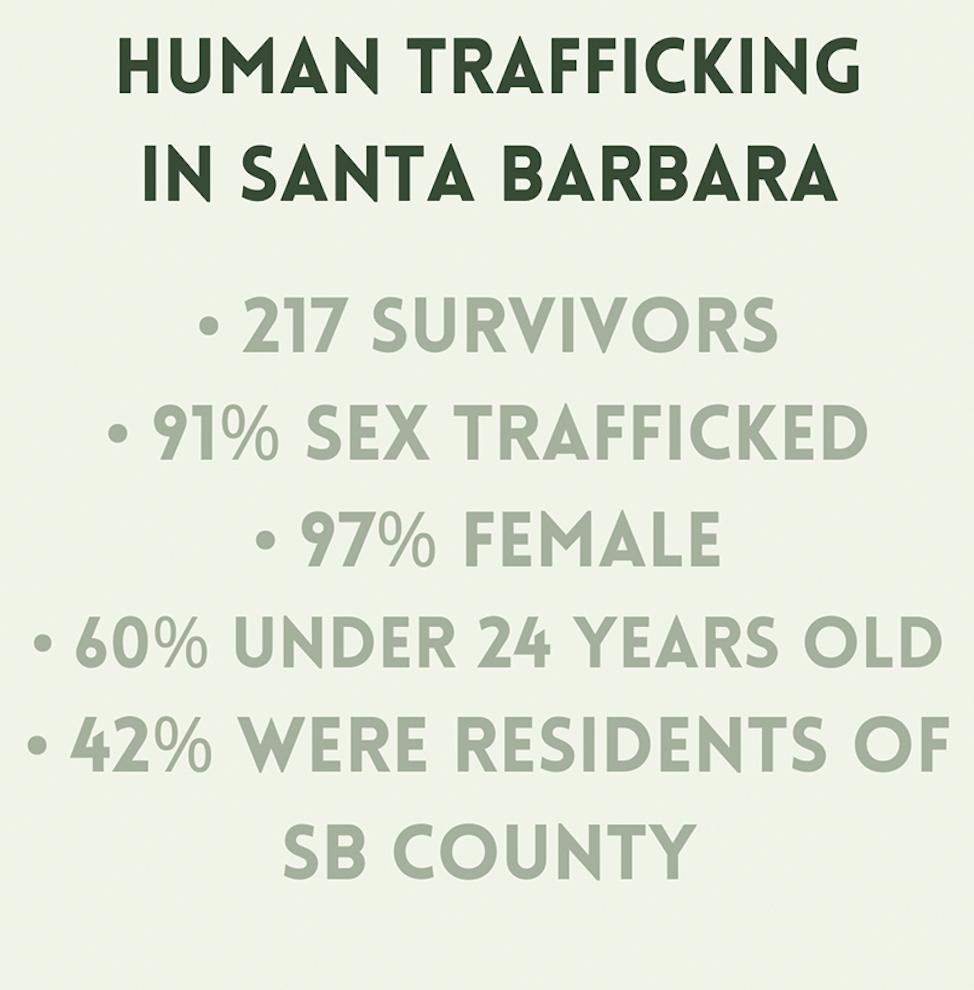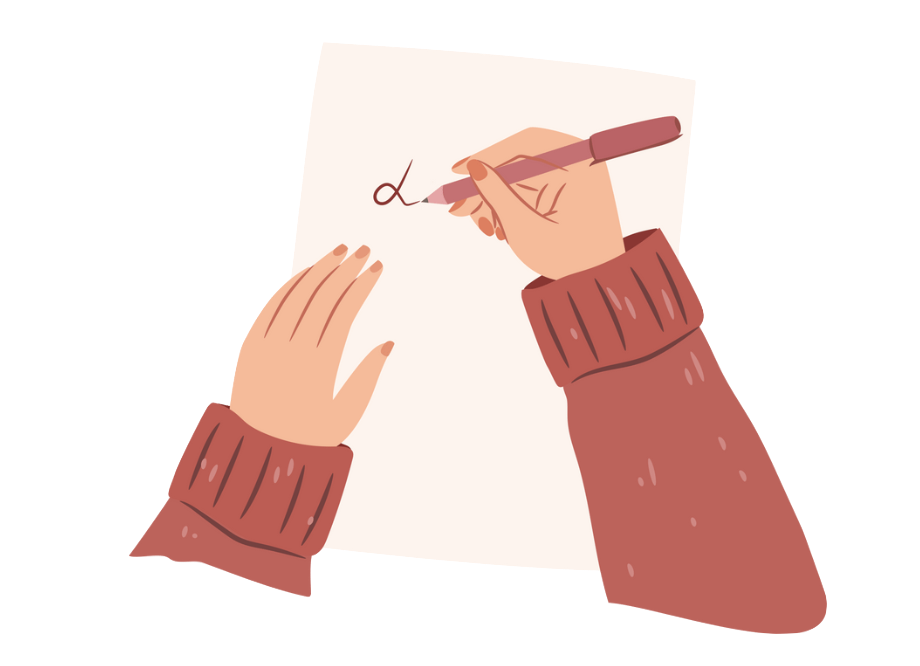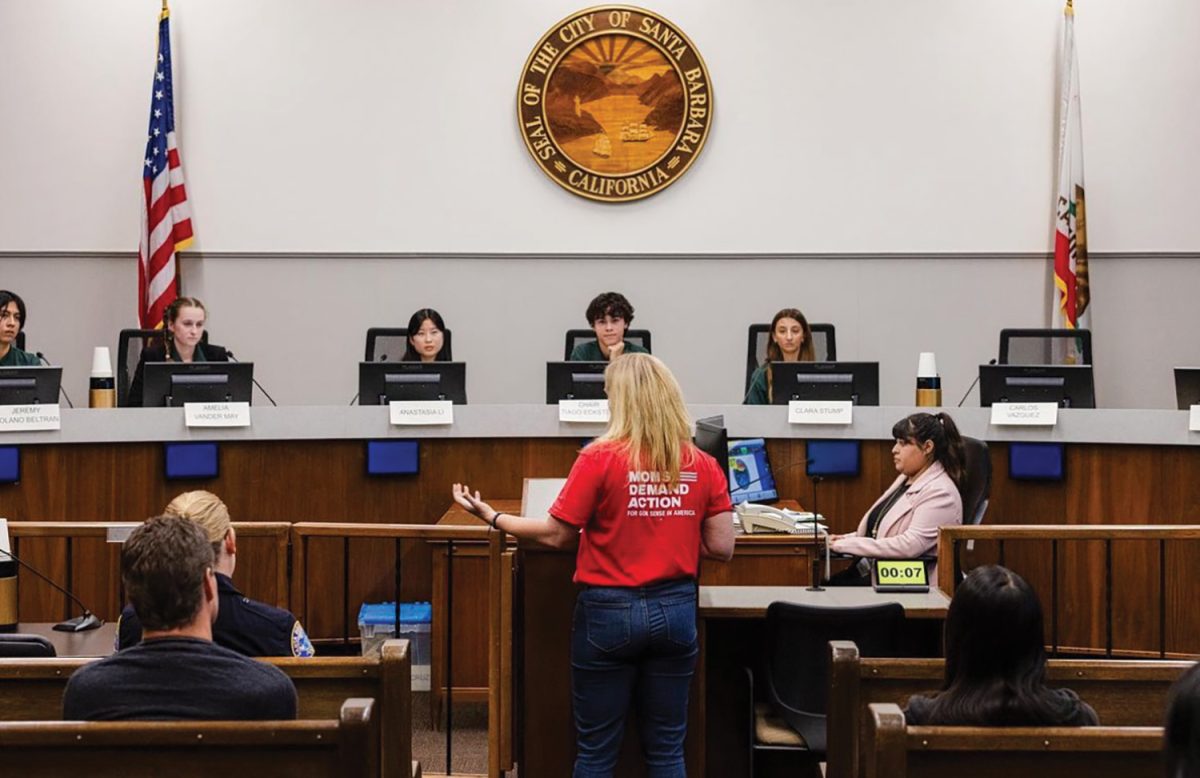Homeless Join “Occupy” Movements
“Think Globally, Act Locally: Street Medicine from Santa Barbara to Haiti” is the lecture presented by Dr. Mimi Doohan, a family physician with a private practice in
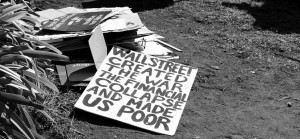
Goleta and co-founder of Doctors Without Walls—Santa Barbara Street Medicine, a local non-profit that provides volunteer, free medical care to the most vulnerable.
She spoke to the students about providing care “without walls.”
This lecture provided a glimpse into the current homeless situation in Santa Barbara.
An emerging situation associated with the “Occupy Movement” is that the homeless, who generally are not politically involved, are joining the protesters.
The Occupy Wall Street movement, already facing criticism for its disorganization, disobeying various public ordinances, and lack of clear objectives, now has to deal with another threat to its image: the homeless.
Protestors in New York City and around the country see a threat in having the homeless population joining the “99 percent.”
Some view this perspective to be somewhat hypocritical, since the Occupiers are protesting similar inequities that are faced by the homeless.
“I think it’s okay for the homeless to join the ranks of the Occupy movement if they share the same goal rather than using it as a place to hang out,” said senior Eva Davis.
However, many homeless have to deal with more than economic hardship: one must factor in the various illnesses, disabilities, disorders and habits that also influence homelessness.
Because of these variables, some protestors fear that if the homeless population joins the movement, Occupy Santa Barbara will risk losing its credibility in regards to its safety and cleanliness.
“To the homeless, the Occupy movements propose a duality in their opportunities,” said Laguna’s Mr. James Tur, a volunteer for Doctors Without Walls-Santa Barbara Street Medicine.
“On the one hand, the movements are an opportunity to support themselves, since most of the sites have food, shelter, first-aid, counseling, etc.,” said Mr. Tur.
“On the other hand, the movements allow the homeless to join the protest against the things that have altered their lives, but with the bonus power of strength-in-numbers.”
Many say that the Occupiers and homeless are on the same team.
Furthermore, one could also say that the Occupiers are getting a taste of the trials and tribulations of homelessness by experiencing similar backlash from police, the non-protesting public, and the government.
In fighting social and economic injustice, the Occupiers are inadvertently bringing attention to the struggles and needs of the homeless.
Thus, through the financial instability within their own lives, the so-called 99 percent are showing the world what it’s like to live life without knowing when one will have his or her next meal.
At the heart of the Occupy movement is the disparity of wealth distribution in which one percent of the population controls wealth while the middle class is disappearing and opportunities to improve no longer exist.




